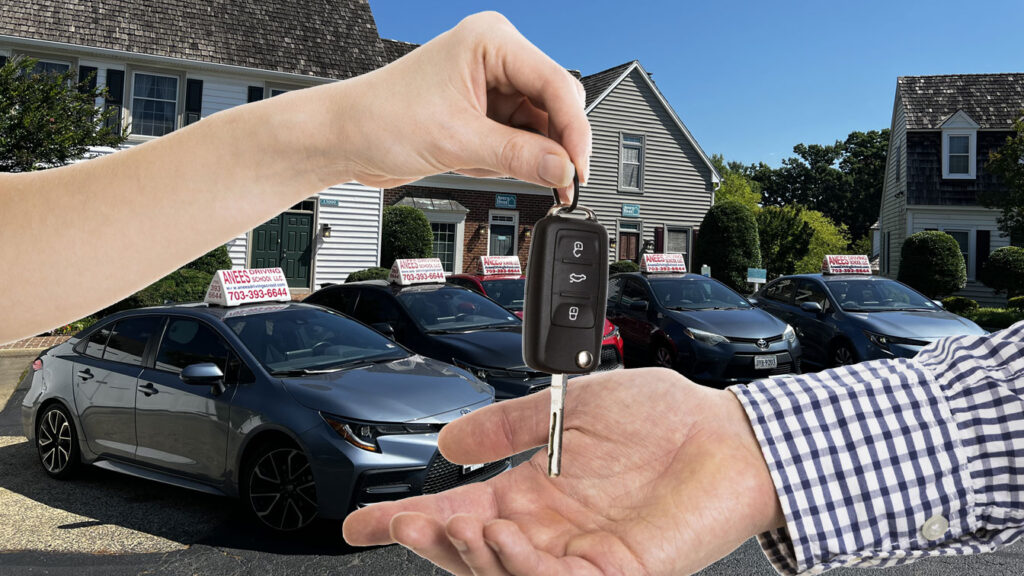Learning to drive is a practical skill that requires a combination of theoretical knowledge and hands-on experience. While I can provide some general tips and advice based on common practices as of my last update in January 2022, it’s important to note that specific regulations and best practices may vary depending on your location. Always refer to the latest local driving laws and guidelines.
Theoretical Knowledge:
Study the Driver’s Manual:
– Obtain a copy of the official driver’s manual or handbook provided by your local driving authority. This document contains essential information about road rules, traffic signs, and safe driving practices.
Take an Online Course:
– Many regions offer online courses that cover the theoretical aspects of driving. These courses often provide interactive modules, quizzes, and videos to help reinforce your understanding of road rules and safety.
Understand Traffic Signs and Signals:
– Familiarize yourself with common traffic signs and signals. Knowing the meaning of these signs is crucial for safe driving.
Learn Basic Vehicle Maintenance:
– Understanding basic vehicle maintenance is important. You should know how to check and maintain fluids, tire pressure, and other essential components.
Practical Skills:
– Consider enrolling in a reputable driving school. Professional instructors can provide structured lessons and practical tips to help you become a safe and confident driver.
Practice with a Licensed Driver:
– Spend time practicing with a licensed and experienced driver, such as a family member or friend. This provides valuable hands-on experience in a controlled environment.
Master Basic Maneuvers:
– Practice basic maneuvers such as parking, turning, changing lanes, and parallel parking in a safe and empty parking lot before venturing onto busier roads.
Understand Defensive Driving:
– Learn and apply defensive driving techniques. This includes staying aware of your surroundings, anticipating potential hazards, and maintaining a safe following distance.
Experience Different Road Conditions:
– Gradually expose yourself to different road conditions, such as highways, rural roads, and urban traffic. Each environment presents unique challenges that contribute to a well-rounded driving skillset.
Simulated Driving Programs:
– Some driving schools or online platforms offer simulated driving programs. These can provide a virtual experience that helps build confidence and decision-making skills in various scenarios.
Remember, the key to becoming a proficient driver is practice, patience, and a commitment to ongoing learning. Always adhere to local traffic laws, and prioritize safety for yourself and others on the road. If in doubt, seek guidance from certified driving instructors or local authorities.

